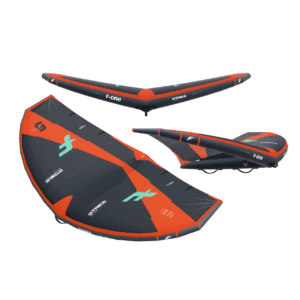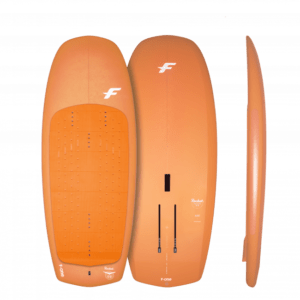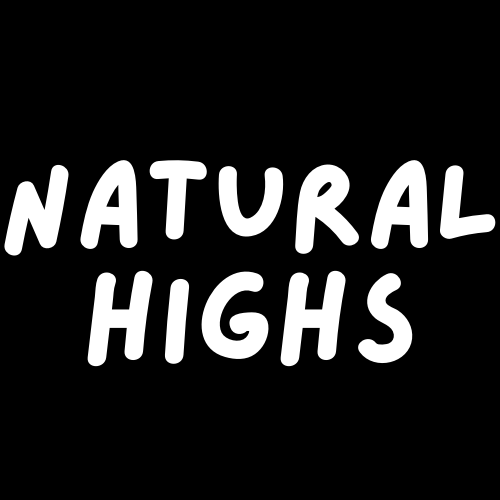What is wing foiling?
What is Wing Foiling?
Wing foiling is an innovative water sport that merges aspects of windsurfing, kiteboarding, and stand-up paddleboarding. It involves riding a hydrofoil board while using a hand-held inflatable wing for propulsion. This unique sport allows riders to harness both wind and water energy, creating an exhilarating and dynamic experience on the waves. What is wing foiling?
The History of Wing Foiling
Wing foiling’s evolution is a fascinating journey through water sports history:
- 1960s-1970s: Introduction of hydrofoils in water skiing and kneeboarding.
- 1980s: Early experiments with handheld sails in water sports.
- 2000s-2010s: Advancements in hydrofoil technology for surfing, windsurfing, and kiteboarding.
- Late 2010s: Development of lightweight, inflatable wings led to the modern form of wing foiling.
Notable pioneers such as Laird Hamilton, Kai Lenny, and Robby Naish were instrumental in advancing the technology and techniques that made wing foiling possible.
Key Components of Wing Foiling
The Wing: A lightweight, inflatable sail-like structure held by hand.

The Board: A shorter, wider SUP-style board designed for stability.

The Hydrofoil: An underwater fin system that provides lift and reduces drag.

How Does Wing Foiling Work?
Wing foiling relies on two main principles: wind power and hydrodynamic lift. Here’s a breakdown of how these elements work together:
Wind Power
The hand-held wing captures the wind, propelling the rider forward. Unlike kiteboarding or windsurfing sails, the wing is not attached to the board, allowing for greater freedom and control.
Hydrofoil Lift
As the board accelerates, the hydrofoil generates lift, elevating the board above the water’s surface. This lift significantly reduces drag, enabling higher speeds and a smoother ride. See here for more info.
Rider Control
The rider balances on the board and controls direction and speed by adjusting the wing’s angle and body position. This interaction between wind, water, and rider creates a unique and dynamic riding experience.
Why Is Wing Foiling Gaining Popularity?
Wing foiling has quickly captured the interest of water sports enthusiasts due to several appealing factors:
- Versatility: Suitable for various wind and water conditions, from flat lakes to ocean waves.
- Portability: Lighter and more compact than traditional windsurfing or kiteboarding gear, making it easier to transport.
- Accessibility: Easier to learn compared to kiteboarding or windsurfing, with a more gradual learning curve.
- Low Impact: Gentle on the body, making it suitable for a broad range of ages and fitness levels.
- Fun Factor: Provides a unique and exhilarating riding experience that blends elements of multiple water sports.
Is Wing Foiling Hard?
Wingfoiling can be challenging to learn initially but is often considered easier to pick up than some other wind-powered water sports. Here’s a brief overview:
1. Learning curve: It has a steeper learning curve at the beginning compared to activities like paddleboarding, but many find it easier to learn than kitesurfing or windsurfing.
2. Physical demands: It requires a good sense of balance and some upper body strength to control the wing.
3. Wind conditions: You need consistent wind to practice, which can be a limiting factor depending on your location.
4. Equipment: The gear is relatively simple compared to other wind sports, consisting mainly of a board, wing, and personal flotation device.
5. Safety: It’s generally considered safer than kitesurfing, as there are no long lines to get tangled in.
6. Progression: Many people can get up and riding within a few sessions, but mastering advanced techniques takes more time and practice.
Overall, while wingfoiling presents some challenges, many enthusiasts find it an enjoyable and accessible way to harness wind power on the water. The difficulty level can vary depending on individual factors like your fitness level, prior board sport experience, and local conditions.
How to Learn Wing Foiling
So you’re wondering how to try wing foiling? Follow these steps to get started:
- Take a Lesson: Learn from a certified instructor to master the basics safely. Many beaches and water sports centers offer wing foiling lessons.
- Choose the Right Equipment: Begin with a larger, more stable board and wing. As you gain experience, you can transition to smaller, more maneuverable gear.
- Practice on Land: Familiarize yourself with handling the wing on dry land to understand its response to wind and body movements.
- Start in Light Winds: Begin in calm conditions, ideally with winds between 8-15 knots, to build confidence and skills.
- Progress Gradually: As you become more proficient, challenge yourself with stronger winds and varied water conditions. Always prioritize safety.
Choosing Your Wing Foiling Gear
Selecting the right gear is crucial for a positive wing foiling experience.
The Wing
Wings come in various sizes, typically ranging from 3 to 7 square meters. Consider the following:
- Size: Larger wings (5-7m²) are better for beginners and light winds, while smaller wings (3-4m²) offer better maneuverability and control in stronger winds.
- Construction: Opt for durable materials with reinforced leading edges.
- Handles: Ensure comfortable grip positions for different maneuvers.
The Board
Wing foiling boards are shorter and wider than traditional SUPs. Key factors include:
- Volume: Choose a board with 30-40 liters more volume than your body weight in kilograms for stability.
- Length: Boards typically range from 5’0″ to 6’6″.
- Width: Wider boards provide more stability, which is beneficial for beginners.
The Hydrofoil
Hydrofoils consist of a mast, fuselage, and front and rear wings. Considerations include:
- Mast Length: Beginners should start with shorter masts (60-70cm) for better stability.
- Wing Size: Larger wings offer more lift and stability, while smaller wings provide greater speed and maneuverability.
- Material: Carbon fiber foils are lightweight but costly, while aluminum foils are more affordable and durable for beginners.
For more information, check out our indepth guide.
Safety Considerations
Wing foiling, like any water sport, comes with risks. Follow these safety tips:
- Always wear a personal flotation device (PFD) and helmet.
- Use a leash to stay connected to your board.
- Be aware of other water users and obstacles.
- Check weather conditions and forecasts before heading out.
- Start in shallow water where you can stand.
- Never wing foil alone, especially as a beginner.
The Future of Wing Foiling
Wing foiling is evolving rapidly, with exciting advancements on the horizon:
- Hydrofoil Designs: More efficient designs for better lift and maneuverability.
- Materials: Lightweight, durable materials for improved wing performance.
- Technology Integration: GPS tracking and performance analytics.
- Competitions: Growing competition scene with organized events and championships.
As the sport becomes more accessible, an increasing number of schools and rental locations worldwide offer wing foiling experiences.
Wing foiling represents a thrilling evolution in water sports, offering a unique blend of freedom, excitement, and accessibility. Whether you’re a seasoned water sports enthusiast or a newcomer seeking a new challenge, wing foiling provides an exhilarating way to experience the wind and waves. With the sport continually evolving, now is the perfect time to dive in and join the growing community of wing foiling enthusiasts around the world. Grab a wing, hop on a board, and experience the thrill of wing foiling for yourself!
what is wing foiling?
Contact Us
Please drop us a line with your questions and queries.
